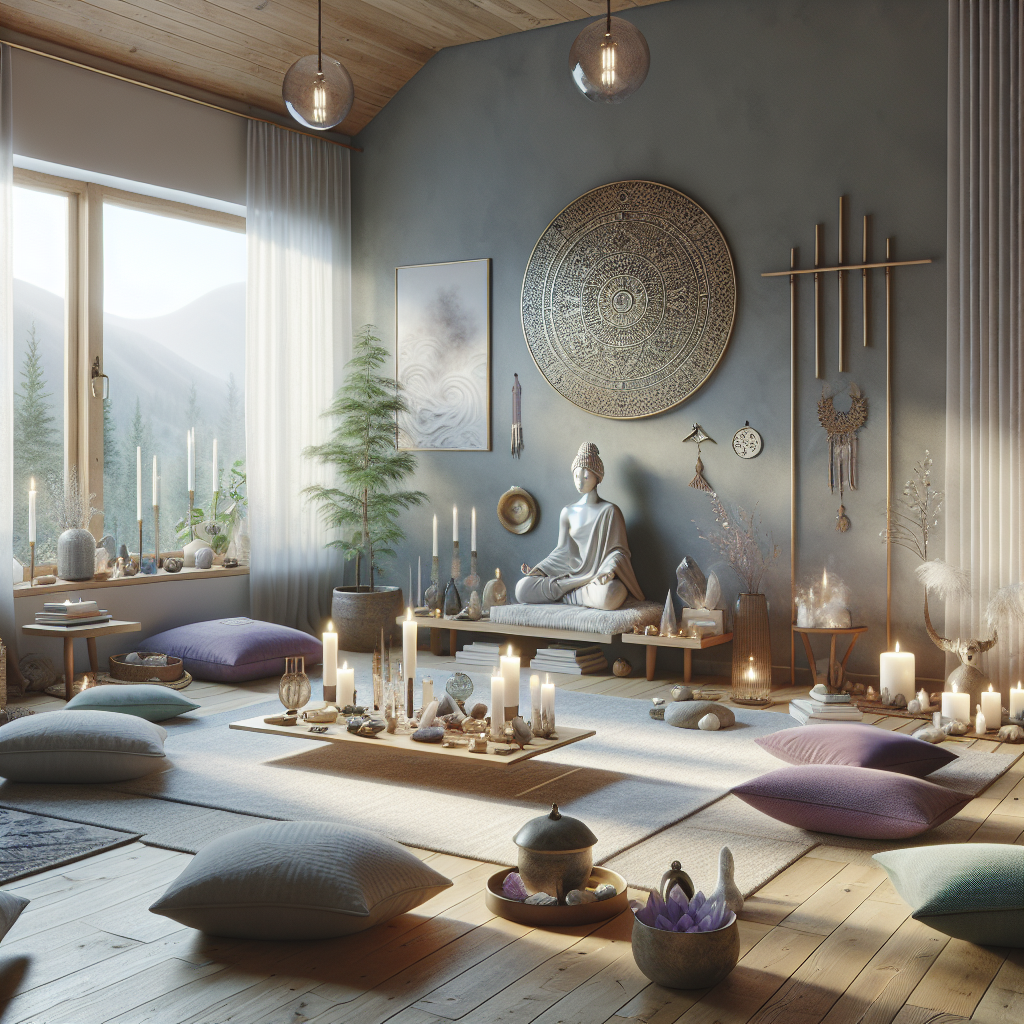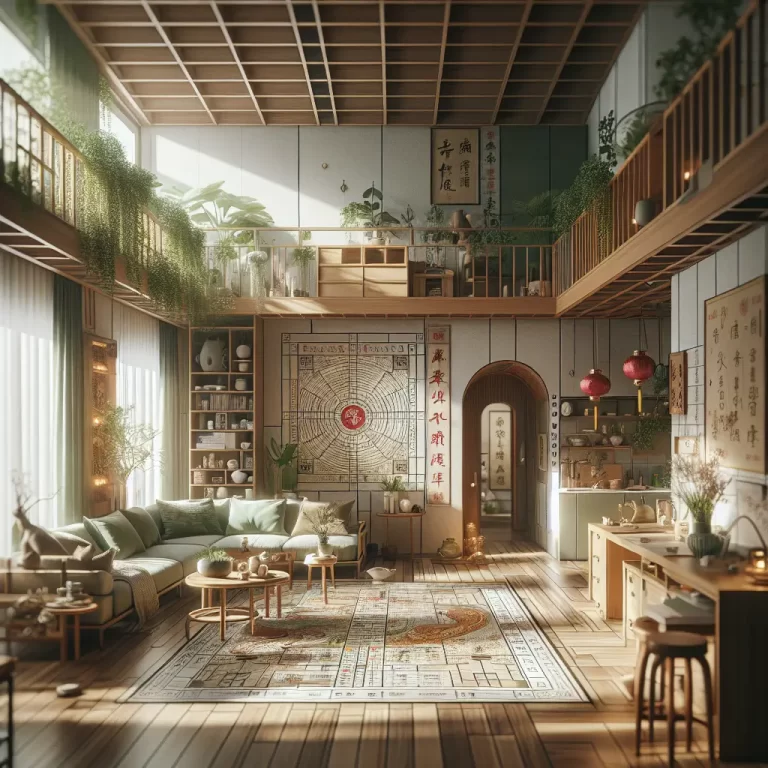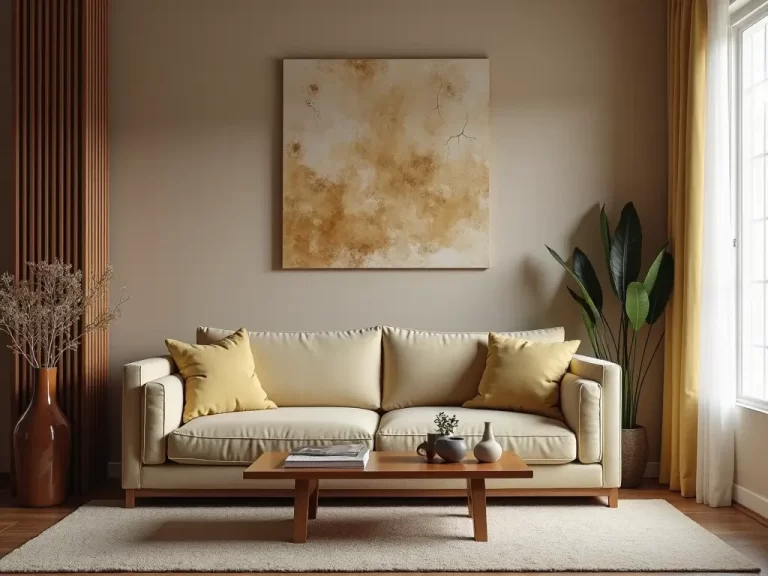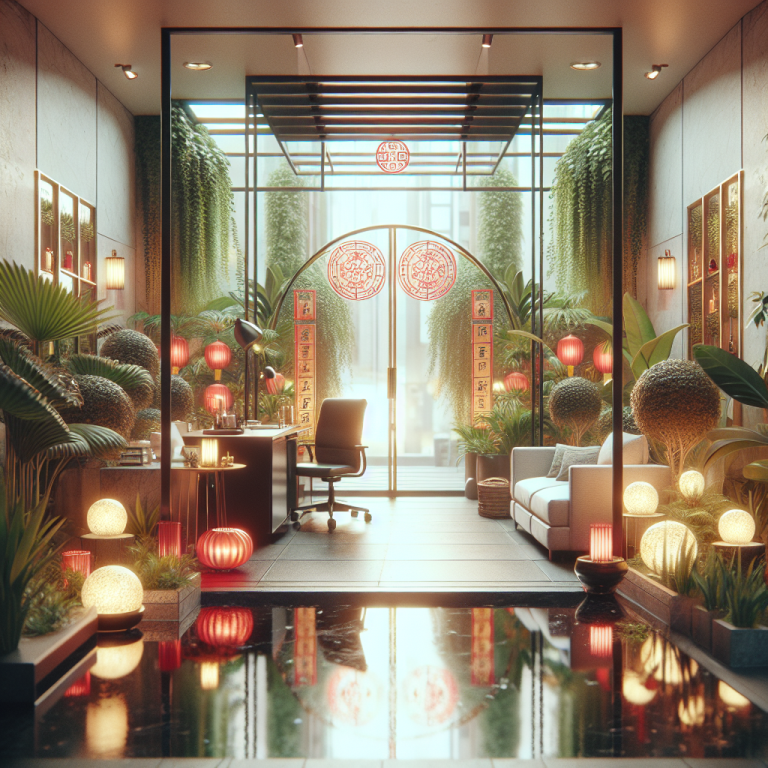Contents
- Creating Zen: Feng Shui Tips for a Tranquil Meditation Space
- The Importance of a Meditation Space
- Feng Shui Basics for Meditation Spaces
- Choosing the Right Location
- Decluttering and Cleaning
- Incorporating Natural Elements
- Designing Your Meditation Space
- Color and Decor
- Personal Touches
- Furniture and Layout
- Enhancing the Ambiance
- Sound and Scent
- Lighting
- FAQs
- What is Feng Shui, and how does it relate to meditation spaces?
- How can I incorporate Feng Shui if I have limited space?
- What are some common Feng Shui mistakes to avoid in a meditation space?
- Conclusion
Creating Zen: Feng Shui Tips for a Tranquil Meditation Space
In today’s fast-paced world, finding a moment of peace can be challenging. Creating a dedicated meditation space in your home can provide a sanctuary for relaxation and mindfulness. By incorporating Feng Shui principles, you can enhance the tranquility and energy flow of your meditation area. This article will guide you through the process of designing a meditation space that promotes serenity and balance.
The Importance of a Meditation Space
A meditation space is more than just a physical area; it’s a personal retreat where you can disconnect from the chaos of daily life and reconnect with your inner self. The right environment can significantly enhance your meditation practice, making it easier to achieve a state of calm and focus.
Feng Shui Basics for Meditation Spaces
Feng Shui, an ancient Chinese philosophy, focuses on harmonizing individuals with their surrounding environment. By applying its principles, you can create a meditation space that supports your spiritual journey.
Choosing the Right Location
- Quiet and Private: Select a location that is quiet and offers privacy. This could be a corner of your bedroom, a dedicated room, or even a secluded spot in your garden.
- Avoid Negative Energy: Ensure your meditation area is not directly above or below a kitchen or bathroom, as these spaces can disrupt the flow of positive energy.
Decluttering and Cleaning
- Clear the Space: Regularly declutter your meditation area to maintain a clean and tidy environment. Visual noise from clutter can be distracting and counterproductive to meditation.
- Energy Clearing: Use space-clearing techniques, such as burning sage or using essential oils like orange, to refresh the energy in your meditation space.
Incorporating Natural Elements
- Plants and Water: Introduce potted plants or a small water feature to bring life and fluidity into your space. These elements can improve air quality and create a calming atmosphere.
- Natural Light: Maximize natural light by keeping windows clean and open. If privacy is a concern, use sheer curtains to diffuse the light gently.
Designing Your Meditation Space
Color and Decor
- Calming Colors: Choose soft, soothing colors like blues, greens, and lavenders to promote relaxation. Avoid bright, stimulating colors that can disrupt the meditative state.
- Minimalist Approach: Keep decor simple and uncluttered to allow chi, or energy, to flow freely. A minimalist design helps maintain focus and tranquility.
Personal Touches
- Create an Altar: Consider setting up an altar with meaningful objects such as crystals, candles, or spiritual symbols. This can serve as a focal point and enhance the spiritual ambiance of your space.
- Sentimental Items: Include personal items like photographs, mementos, or inspirational quotes to make the space uniquely yours.
Furniture and Layout
- Comfortable Seating: Use cushions or a meditation bench to ensure comfort during your practice. Arrange seating to face your altar or a calming view.
- Clear Pathways: Arrange furniture to allow easy movement and energy flow. Avoid blocking pathways with unnecessary items.
Enhancing the Ambiance
Sound and Scent
- Soothing Sounds: Incorporate gentle background music, wind chimes, or a small water fountain to mask external noise and create a serene environment.
- Aromatherapy: Use essential oils or incense to add a calming scent to your space. Scents like lavender or sandalwood can help deepen your meditation practice.
Lighting
- Soft Lighting: Use lamps, candles, or dimmers to create a warm, inviting glow. Harsh lighting can be jarring and counterproductive to relaxation.
FAQs
What is Feng Shui, and how does it relate to meditation spaces?
Feng Shui is the practice of arranging your environment to harmonize with natural energy flows. In meditation spaces, it helps create a balanced and peaceful atmosphere conducive to mindfulness and relaxation.
How can I incorporate Feng Shui if I have limited space?
Even in small spaces, you can apply Feng Shui principles by keeping the area clean, using calming colors, and incorporating natural elements like plants. A simple cushion in a quiet corner can serve as an effective meditation space.
What are some common Feng Shui mistakes to avoid in a meditation space?
Avoid placing your meditation area near high-traffic areas or rooms with disruptive energy, like kitchens and bathrooms. Also, be mindful of clutter and excessive decor, which can hinder energy flow.
Conclusion
Creating a meditation space with Feng Shui principles can transform your home into a sanctuary of peace and tranquility. By carefully selecting the location, decor, and elements, you can enhance your meditation practice and promote a balanced lifestyle. Whether you have a dedicated room or a small corner, these tips will help you design a space that reflects your personal journey towards mindfulness and inner peace.
For more tips on enhancing your living space with Feng Shui, visit our website. At Feng Shui Bliss, we offer a range of spiritual jewelry and accessories to complement your meditation practice and bring harmony into your life.







